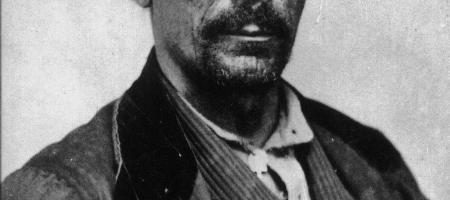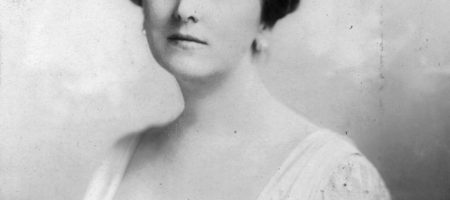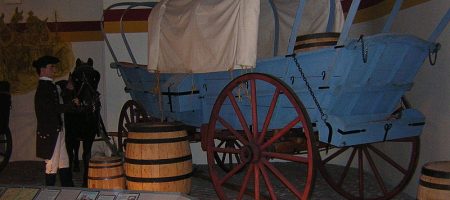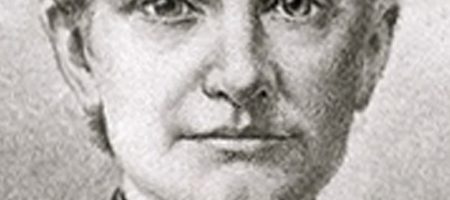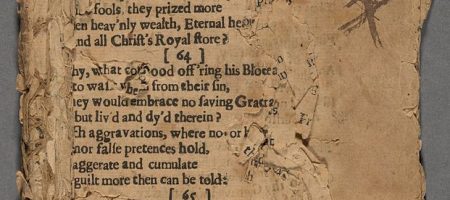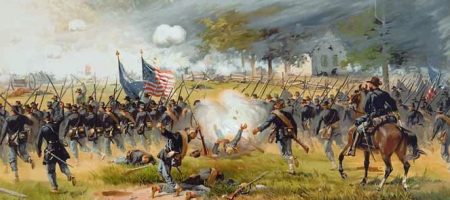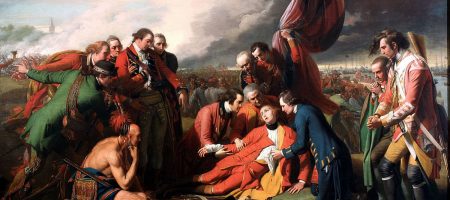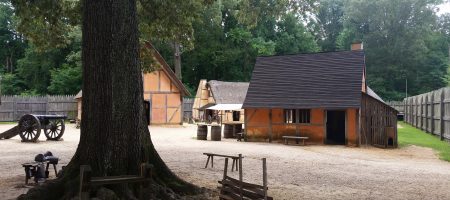Traversing The Oregon Trail -The Ox
A 2,200 mile long trail stretching across terrain that changes periodically and weather that is most often less then pleasant, is nothing to be taken lightly. That’s why the pioneers chose their equipment carefully and invested whatever meager earnings they could into insuring their travel gear was efficient. Oxen (called a cow if it were a female and a bull if it were a castrated male) were the most common animals used by travelers on the Oregon trail. These sturdy beasts were among the most reliable for traveling and best suited for many different reasons. I will name a few reasons and hopefully shed some light on yet another subject of pioneer lifestyle we seem to overlook.
Safety
Oxen are naturally docile creatures, which was a big plus for traveling families on the trail. Many deaths on the Oregon trail were simply from someone being run over. Oxen were slower paced, non aggressive animals, so the chance of such an incident was slightly lessened.
Strength
With shifty elements inevitable in the long journey like rain, snow, and freezing temperatures oxen, known for their hardiness, endurance, and generally good health were overall better suited for such conditions then, say, a horse. They were perfectly content to stand in one spot for a decent amount of time without getting fidgety or suffering some kind of leg of feet injury. And as I’m sure you know, most of the pioneers possessed a wagon which was full of all their supplies and necessities. So whether they had decided to purchase a horse, mule, donkey, or ox, that mammals biggest duty was to pull the cart. Though horses traveled faster they simply didn’t do as well under pressure as oxen. Oxen could go at a steady walk for much longer without getting tired which was more economical in the long run. They also used a yoke, which is a contraption designed for the efficiency of their pulling power, another plus in the equation.
Expense
With the preface of horses costing more than oxen, they were simply a more fragile beast that some farmers had to alter their traveling schedules to endure. And where as oxen were content to eat prairie grass, many farmers found themselves having to feed their horses out of their own stock. I feel i should mention that some travelers beast of burden was a mule. But these beasts, though also very sturdy and enduring, are know for their flippant tempers. For this reason, many people chose an ox before a mule. And also, expense for purchasing a mule was easily three times more than that of an ox. The one outright cost of having an ox was the shoeing of its hoofs, a wise decision many made in order to avoid damage to their oxen while working it in the field or the road.
Friendship
Through all these reasons of woes and whys, one of the pioneering farmers best friends was his laden beast. Even before the Oregon trail became people’s route to a new life, they still needed a way to till and sow their crops. The ox was a farmers best friend. It was what he plowed with, how he got his milk, and the path to his future herd of oxen when it could no longer serve its purpose. It was a part of the pioneer lifestyle that was bonded with them and became a piece of day to day life. So whether a horse or a mule performance really was better, some people simply loved their cattle and the friendship they had with the work ethic their hardy beast performed.
And that is why the ox is a part of the Oregon trails history. As the very companion of the pioneer family, they were the one thing of familiarity as all those pilgrims marched away to a new life, resolved, and resolute.


